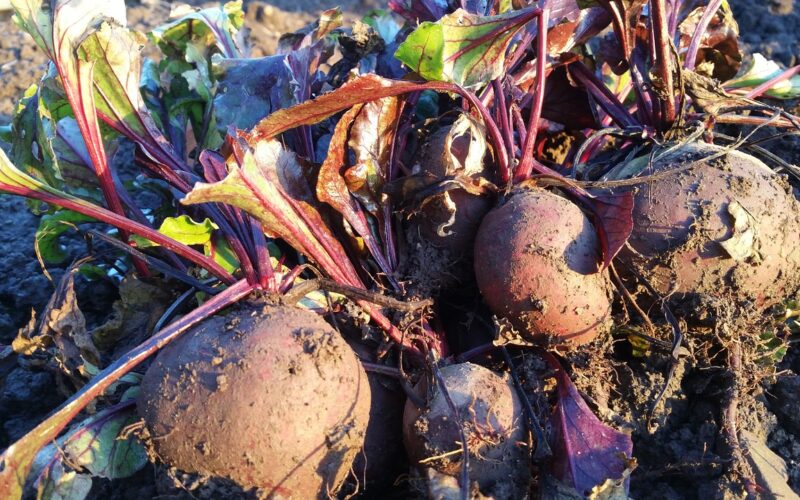Starting An Allotment In Your Garden
Creating an allotment in your garden can be a rewarding and sustainable way to grow your own vegetables, fruits, and herbs. Not only does it provide fresh produce right at your doorstep, but it also offers a great opportunity to engage in outdoor activity and connect with nature. Whether you're a seasoned gardener or a complete novice, starting an allotment can be a manageable and enjoyable project. Here, we'll guide you through the essential steps to build and maintain a thriving garden allotment.
Choosing the right location
The first step in creating an allotment is finding the optimal spot in your garden. Ideally, you should choose a location that receives at least six to eight hours of sunlight daily, as most vegetables and fruits thrive in direct sunlight. Additionally, the area should have good drainage to prevent waterlogging, which can damage plants' roots. If your garden tends to retain water, consider installing raised beds or selecting a slightly elevated spot for your allotment.
It's also essential to consider accessibility when choosing the location. Ensure the area is easy to reach with your gardening tools and supplies. This will make the planting, watering, and harvesting processes more convenient and efficient.
Preparing the soil
Healthy soil is the foundation of a successful allotment. Begin by testing your soil's pH level to determine its acidity or alkalinity. Most vegetables prefer a neutral pH level between 6.0 and 7.0. You can purchase a soil testing kit from a garden centre or hire a professional to conduct the test.
Once you know your soil’s condition, you can amend it accordingly. If the pH level is too low (acidic), add lime to raise it. If it's too high (alkaline), incorporate sulphur or peat moss to lower it. Enrich the soil with organic matter such as compost, well-rotted manure, or leaf mould. This will improve soil structure, enhance nutrient content, and promote healthy root development.
Planning your layout
Before you start planting, it’s crucial to plan the layout of your allotment. Consider the space requirements and growth habits of the plants you intend to grow. Group taller plants, like tomatoes and beans, together so they don’t overshadow shorter plants. Allocate separate sections for root vegetables, leafy greens, and climbing plants to optimise space and sunlight exposure.
Companion planting is another technique to consider. This involves growing different plants together that benefit each other by deterring pests, improving soil fertility, or providing shade. For instance, planting marigolds alongside tomatoes can help repel nematodes and other harmful insects.
Choosing the right plants
Selecting the right plants for your allotment is key to ensuring a bountiful harvest. Start by considering the climate and soil conditions in your region. Choose plants that are well-suited to your local environment to increase the chances of success. If you’re unsure, consult with local gardening experts or staff at your garden centre for recommendations.
For beginners, it's wise to start with easy-to-grow vegetables such as lettuce, radishes, carrots, and beans. These plants tend to be more forgiving and require less maintenance. As you gain experience and confidence, you can experiment with more challenging crops like peppers, cucumbers, and strawberries.
Maintaining your allotment
Regular maintenance is essential to keep your allotment healthy and productive. Watering is one of the most critical tasks—ensure your plants receive consistent moisture, especially during dry spells. Mulching with organic materials like straw or wood chips can help retain soil moisture, suppress weeds, and improve fertility.
Weeding is another important aspect of maintenance. Weeds compete with your plants for nutrients, water, and sunlight, so it's vital to keep them under control. Regularly inspect your allotment and remove any weeds by hand or with a hoe.
Additionally, keep an eye out for pests and diseases. Implement natural pest control methods such as introducing beneficial insects, using organic pesticides, or employing physical barriers like netting.
Enjoying the fruits of your labour
One of the most rewarding aspects of having an allotment is harvesting and enjoying your home-grown produce. When it comes time to harvest, do so regularly to encourage continuous growth and prevent over-ripening. Try to use your fresh produce in your meals as soon as possible to enjoy the full benefit of their flavours and nutritional value. Sharing excess produce with friends, family, or neighbours can also foster a sense of community and appreciation for your hard work.
Starting an allotment in your garden can be a fulfilling and enriching experience. By carefully selecting the right location, preparing the soil, planning your layout, choosing suitable plants, and maintaining your allotment, you'll be well on your way to enjoying a bountiful harvest. Happy gardening!











